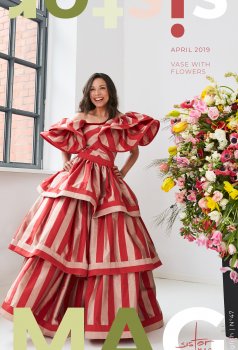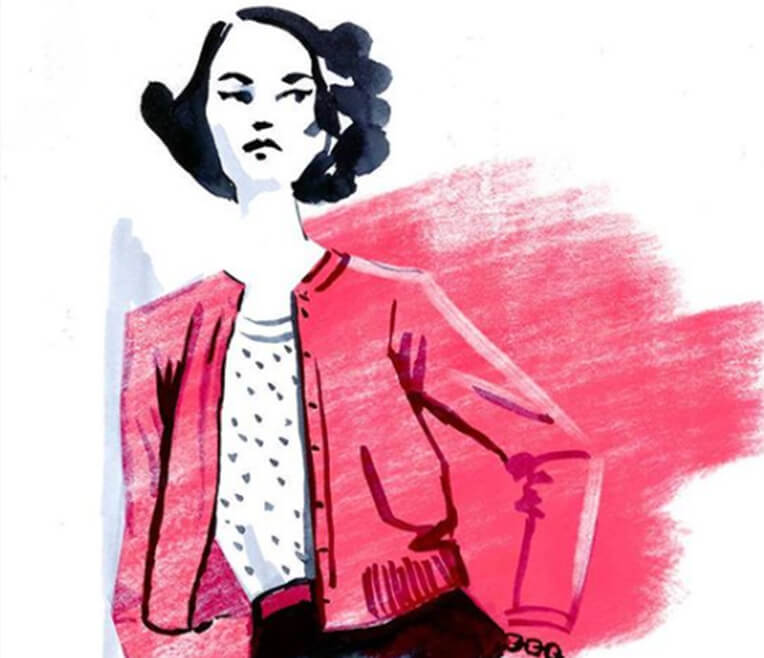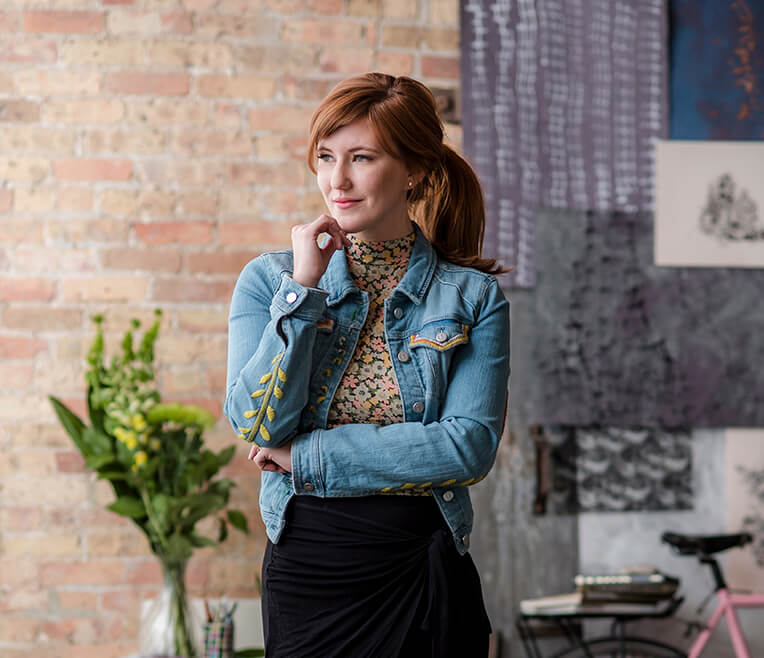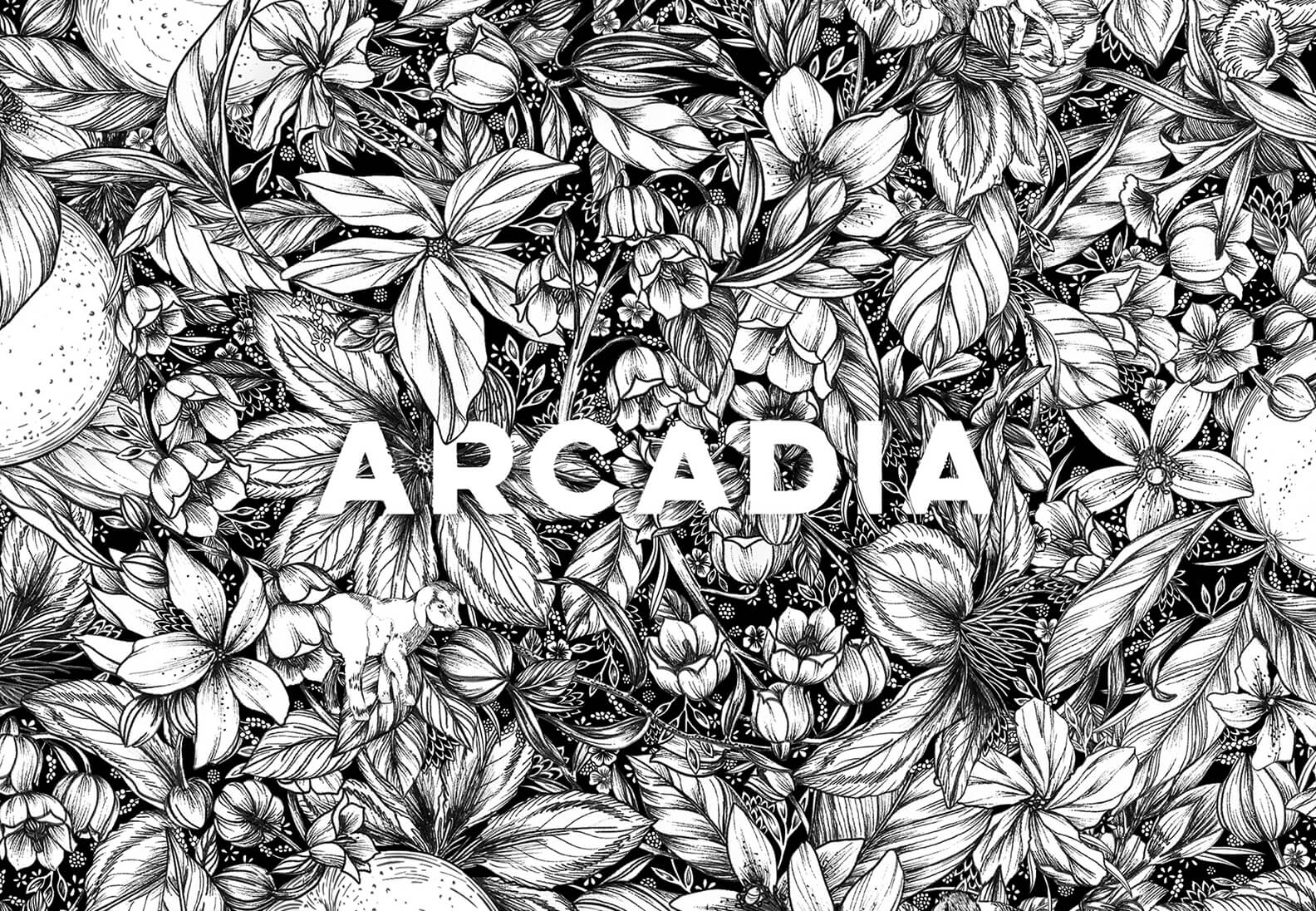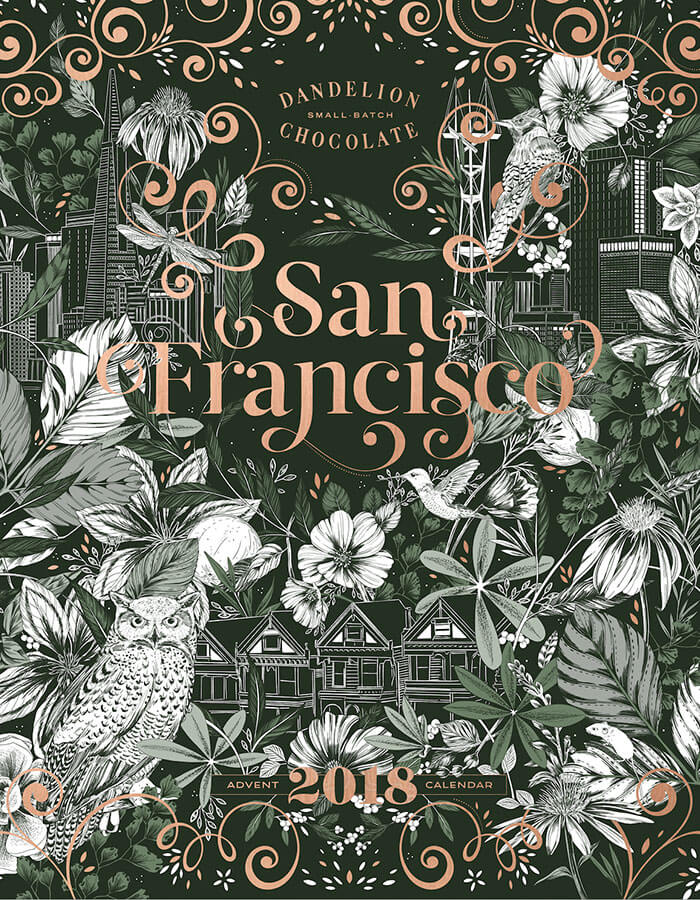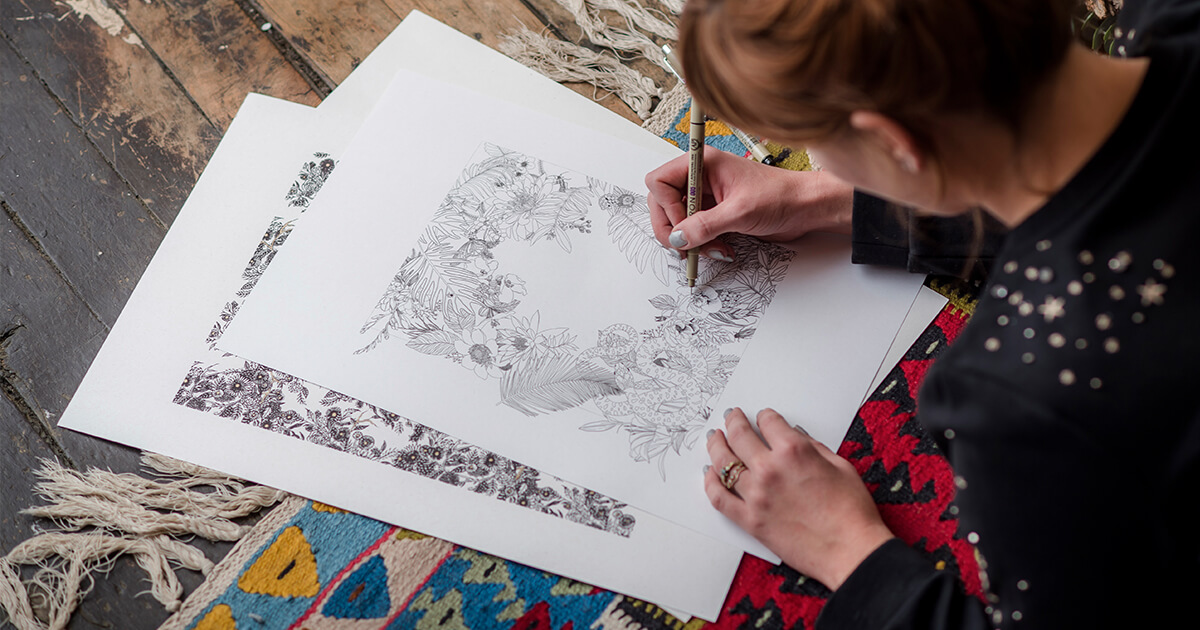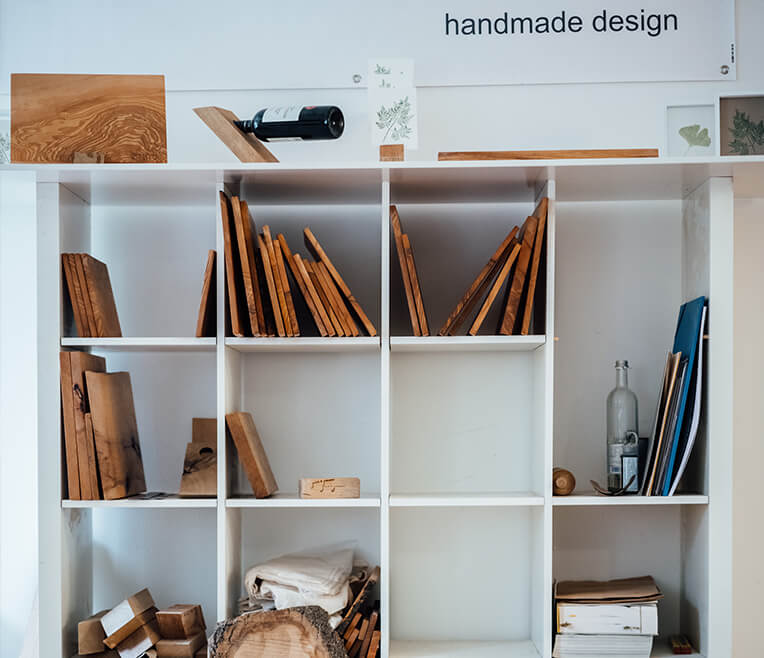
Botanical Illustrations: Maggie Enterrios
The April issue of sisterMAG introduces you to artists that make botanical illustrations. Read our interview with the ever-travelling illustrator and self-proclaimed »digital nomad« Maggie Enterrios here.
- Interview: Thea Neubauer
- Photography: Maggie Enterrios
How do you make botanical illustrations?
Interview with Maggie Enterrios
Tell us a little bit about yourself – who are you, what do you do and where do you live?
I’m a professional illustrator and I create designs primarily for product packaging and for editorial purposes. I started my design company three years ago after beginning my career in the technology industry. I wanted to build my own brand and to create work with a purpose, and I knew that I could turn my passion into a marketable skill with enough hard work and focus.
I truly believe that my upbringing contributed to the work I do now. I was born in Bad Soden (to American parents) and lived in Frankfurt during early childhood. I attended German kindergarten where—unlike in the states—an emphasis was placed on arts and crafts lessons, nature and exploring the outside world. I learned an appreciation for art as a tool for self-expression at such a young age and it has never left me.
In terms of where I live, I’m what you might call a digital nomad. I travel full-time and my business is conducted primarily online or with video conference calls. Last year I traveled through the United States and Canada. Next up, I’m headed to Australia for a while. It’s wonderful to have a career that doesn’t limit my ability to travel.
How did you get started with botanical illustrations?
I would say that the addition of botanicals into my work happened gradually. I began as an abstract illustrator, combining pattern elements with intricate organic linework to create dense compositions. About ten years ago I created a set of illustration experiments and that was the first time that more literal forms began to appear in my work. I had created shapes that were flower-like: with a center and repeating “petal” shapes around the edges. My work grew from there, and soon I began looking at the world around me for inspiration. I began including more realistic plants in my compositions and found there was a market for that style of work. The beauty of nature never goes out of style.
Do you have a favourite plant? Do you own a lot of plants?
I love chrysanthemums and in general I enjoy round flowers that have a great deal of density, lots of petals and texture. On the other end of the spectrum I enjoy the odd shape of calla lilies. They feel to me like the single twirl of a paintbrush, like they are wisps crafted out of thin air.
I don’t own many plants, mostly because I’m travelling so much that my schedule doesn’t allow for it. When I am in one place for a while, I believe in having fresh flowers around me at all times. I enjoy arranging bouquets, and I typically enjoy all-white flowers with bursts of green leaves.
Many of your botanical illustrations are in black and white – why do you choose to leave out colours, even though plants and nature are usually the most colourful of things?
Just for that reason: when we see flowers, we adore them for the burst of colour or the smell, but we don’t appreciate the way they are built. Flowers are full of gorgeous texture and intricacies that I enjoy highlighting. Stripping away their colour makes the viewer appreciate their unique characteristics.
What has been your favourite client project, or the one you’re most proud of?
Last year I worked with Beekman 1802 on a packaging line of soaps, lotions and lip balm called Arcadia. I am thrilled when commercial clients embrace artwork in their business. It means they recognize the value of design and craftsmanship and trust an artist to tell the story of their product visually. For the Arcadia project, I was given all of the scent notes and a description of what the brand wanted to evoke, and I was able to bring that to life through illustration. A project like this engages your senses before you even smell or open the jar. The artwork invites your mind to imagine: you see black and white illustrations, but when you open the jar and smell, that’s when you “sense” the colour.
Would you describe yourself as a typical modern botanical illustrator? Or what is your work like?
I struggle to call myself a botanical illustrator because—while I do draw nature—it isn’t often true to the subject matter. I use nature as the starting point that allows my creativity to wander.
Has your style changed since you’ve started working? Would you share one of your earliest works? What do you think when you look at it today?
When I look back at my old work, I can see a clear path to where I am now. There was always a clear emphasis on line, form and detail. My work probably fits best into the “Arts and Crafts” movement from the early 1900s. In a world full of clean, minimal design, I take great joy in creating some artistic chaos. When I look at old work, I am often thrilled at the pure creativity I had at a younger age before I had the influence of my clients (and a paycheck!). So much of my work now can be dictated by market trends, where my early work was pure expression. Sometimes I look back at old work to gain inspiration for the work I do now. It’s worthwhile to take a hint from my younger self to be more exploratory and free.
What is your biggest challenge in your work?
Time! My work is characterized by an immense amount of detail, and that detail takes days or weeks. An average piece takes 30 hours to produce, and I typically have 5-10 clients at a time. Producing that much work (in addition to performing the everyday tasks required to run a business) can be overwhelming. As a creative person, it’s difficult for me to switch gears from one project to another, as I do my best work when I am in a deep state of focus. However, if I only spent my time drawing, I would have a lot of clients frustrated, waiting to hear from me. I have had to learn to be both an artist and entrepreneur, to slip in and out of that deep focus with more ease and agility and be more flexible altogether.
Which materials and tools (digital or craft tools) do you work with?
Most of my work these days is done digitally on my iPad Pro with the app Procreate (procreate.art). When I’m not working digitally, my tools are simple: paper and pen. The goal is for all of my work, digital or analog, to feel as though it is crafted by the same artist’s hand. For that reason, I also keep my digital process rather simple. I don’t use special effects brushes or anything I could not replicate with traditional craft tools.
What advice would you give a younger Maggie?
I would urge her to stay true to her vision. I spent many years struggling because my work didn’t look like anyone else’s, and I thought that was a bad thing. I still hadn’t learned the lesson that to be unique is to be beautiful.

